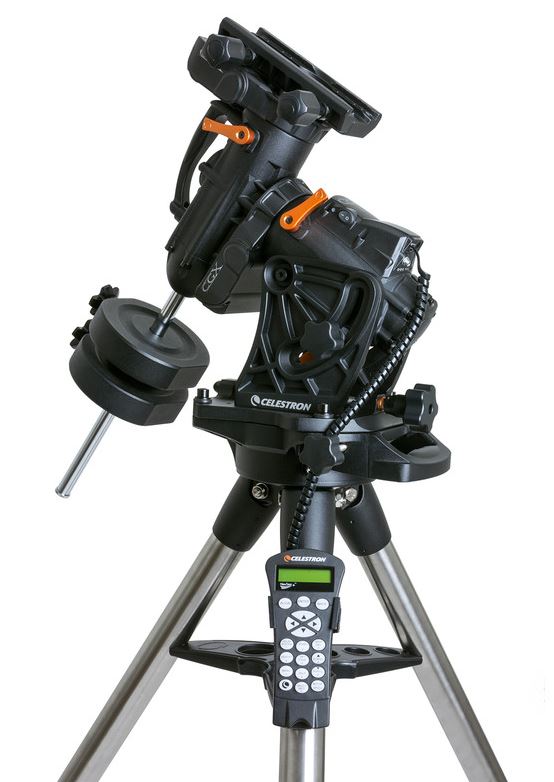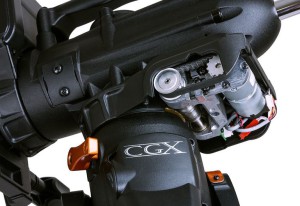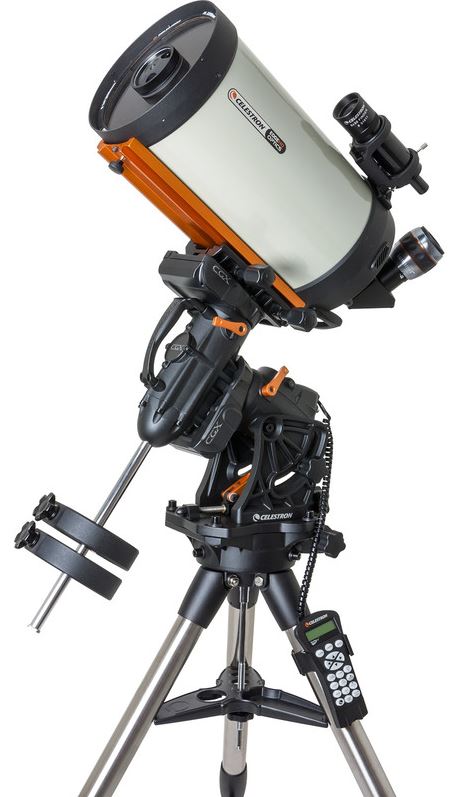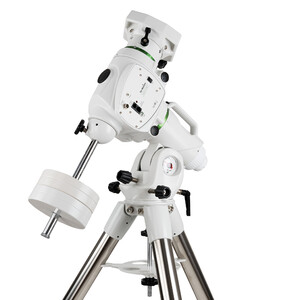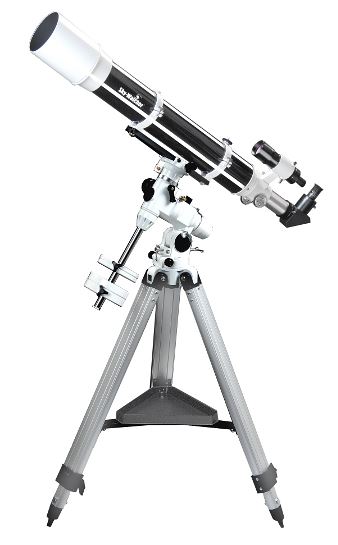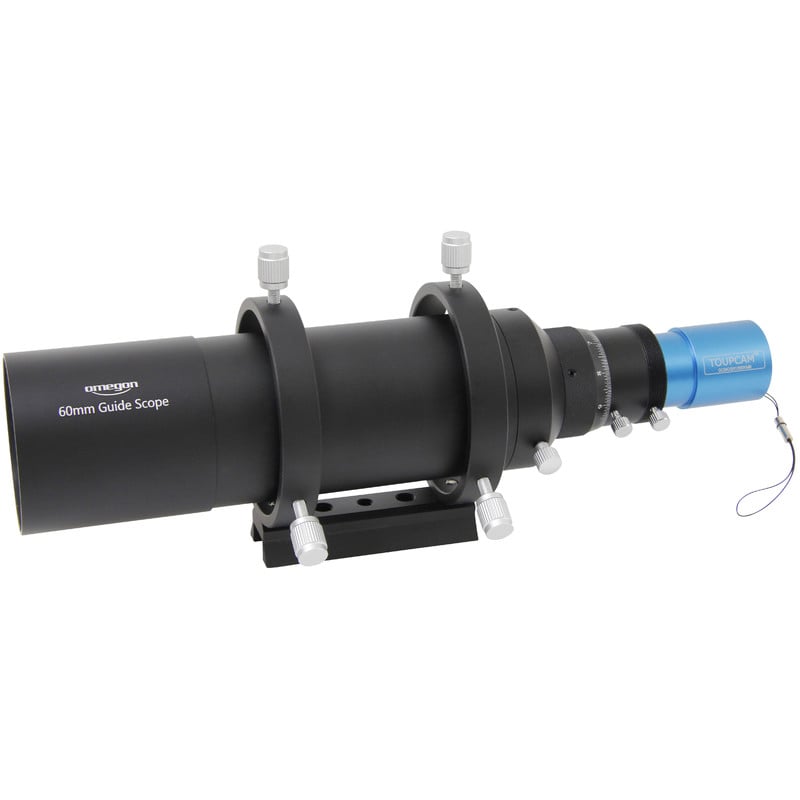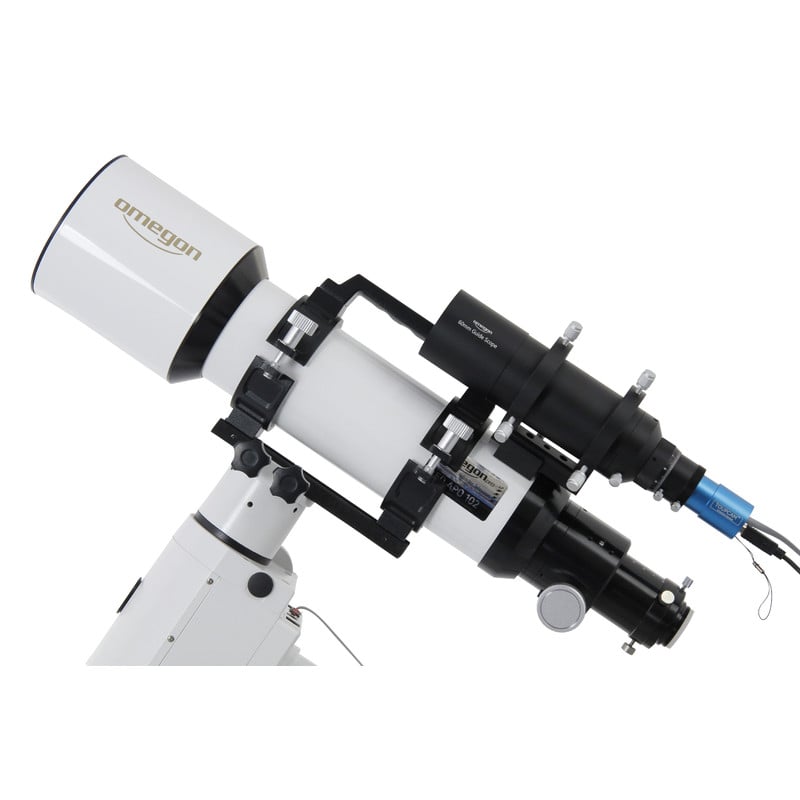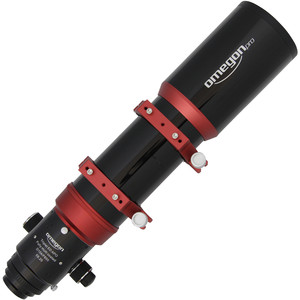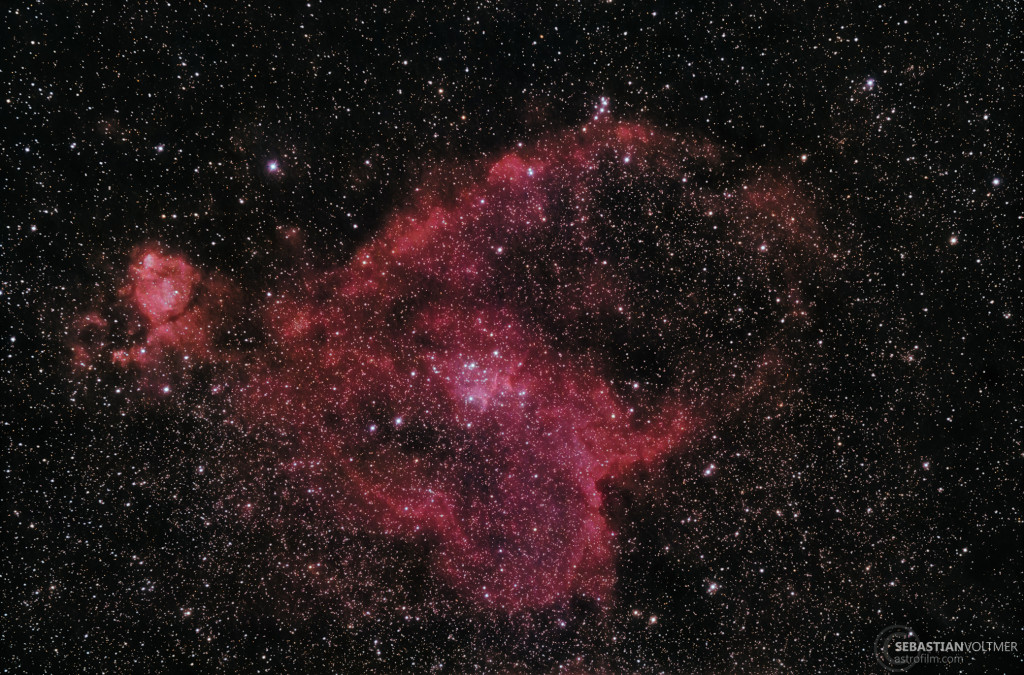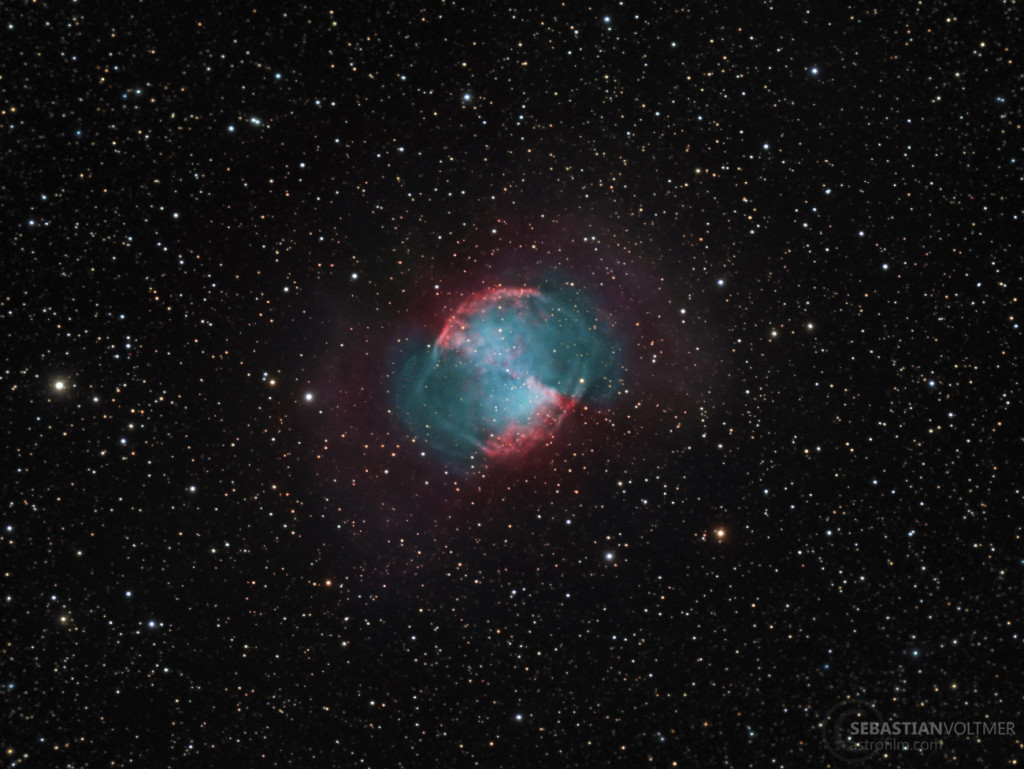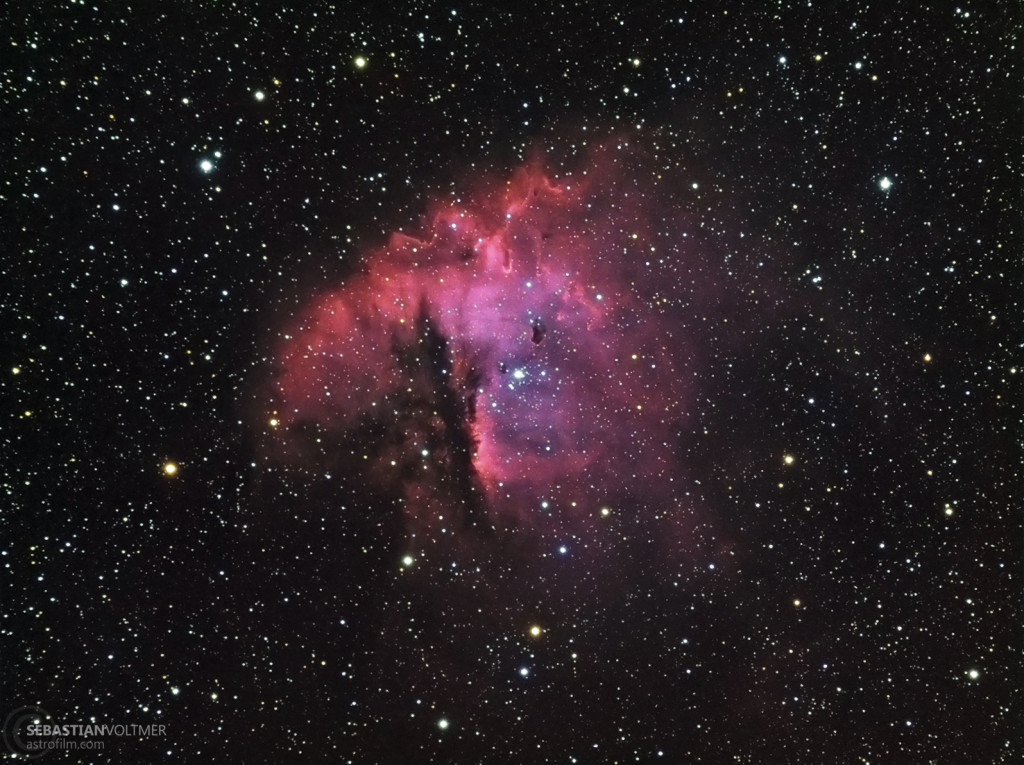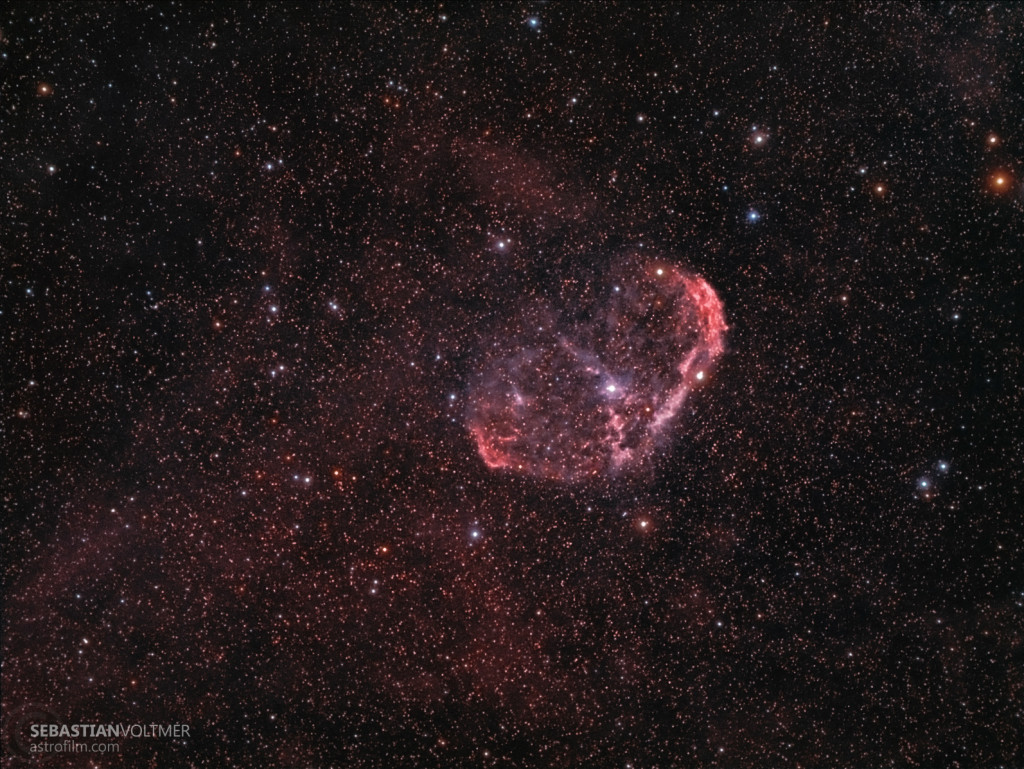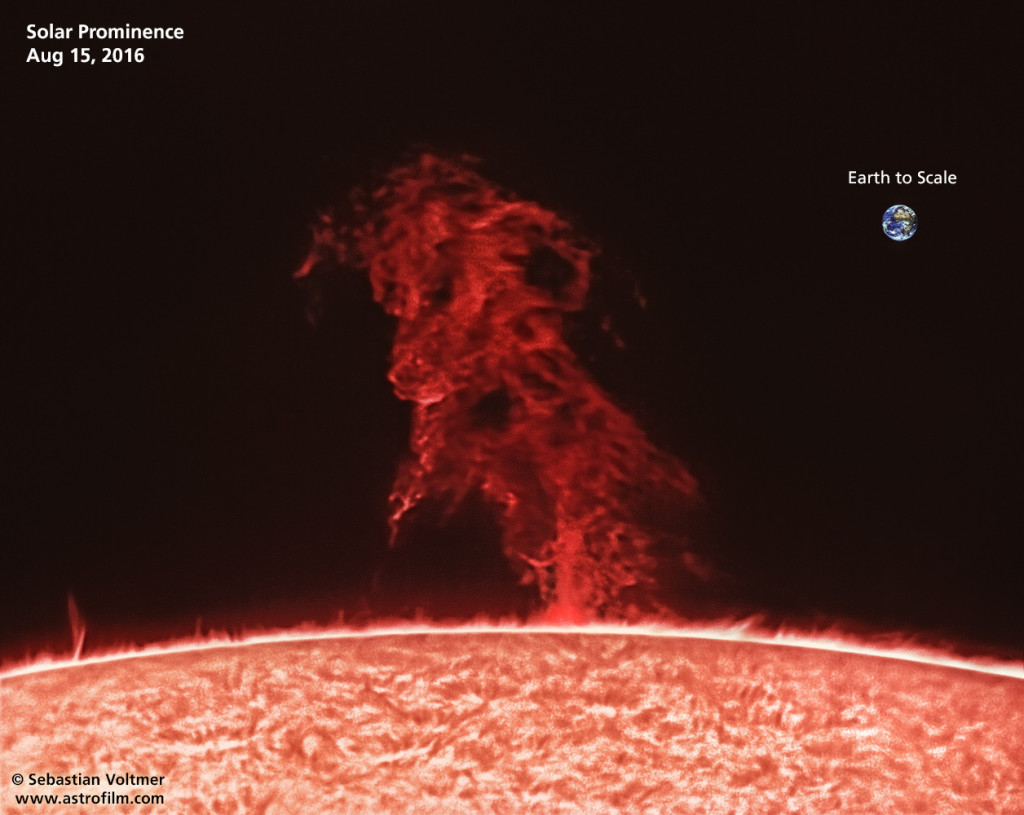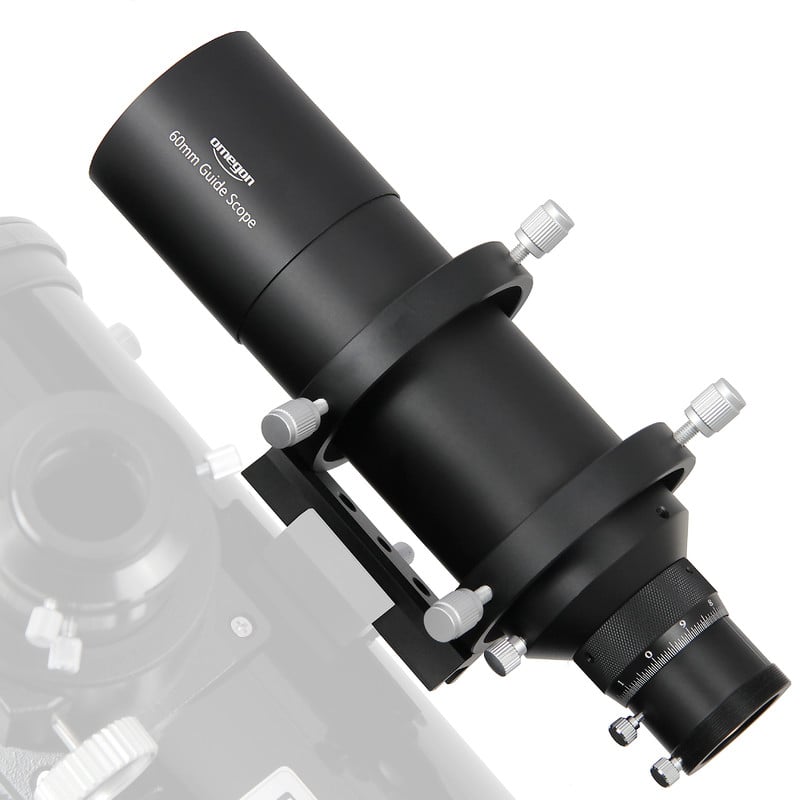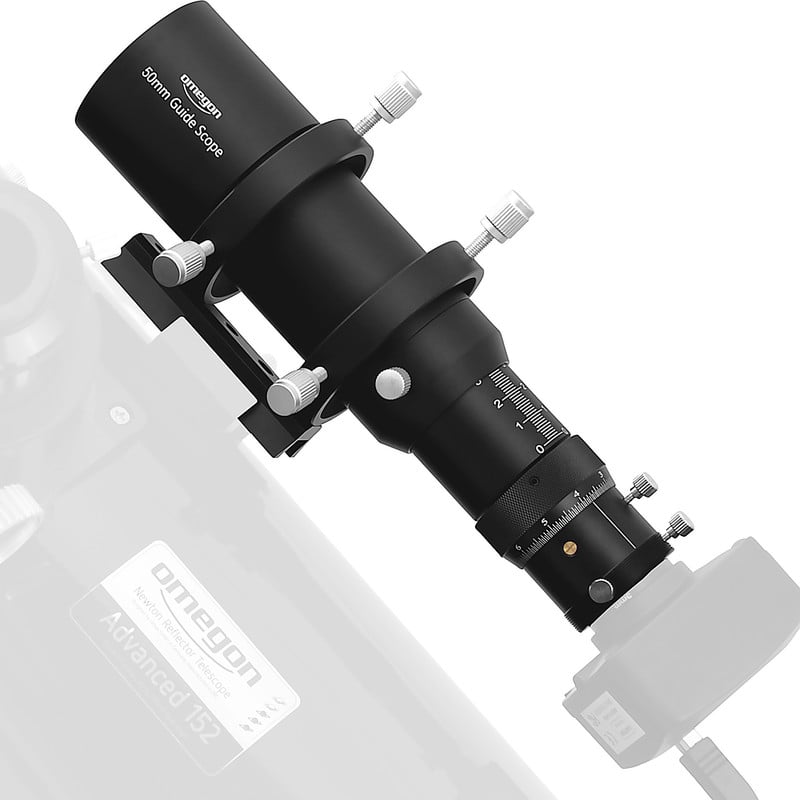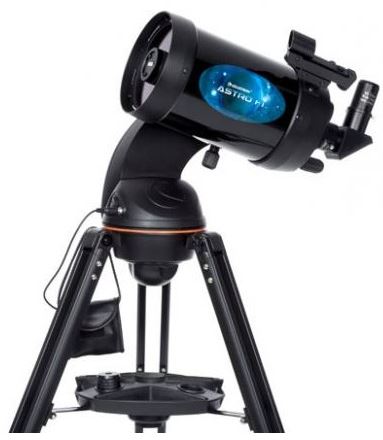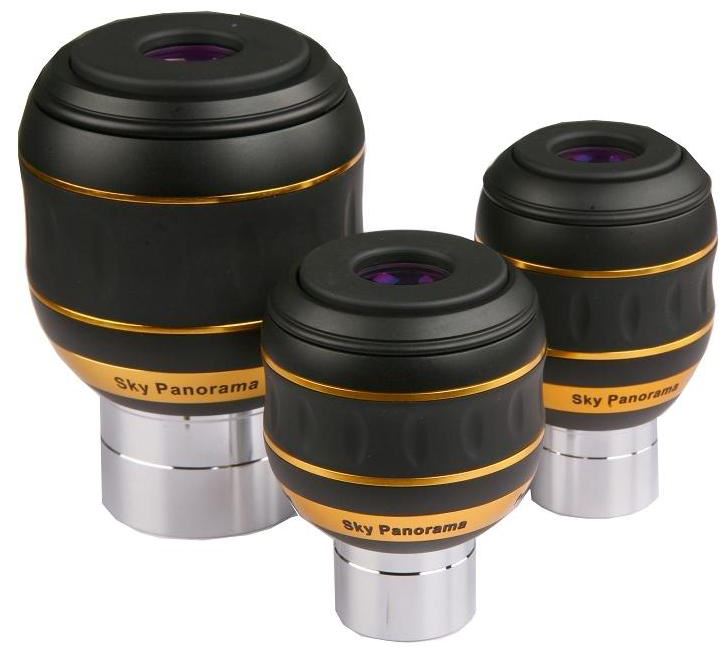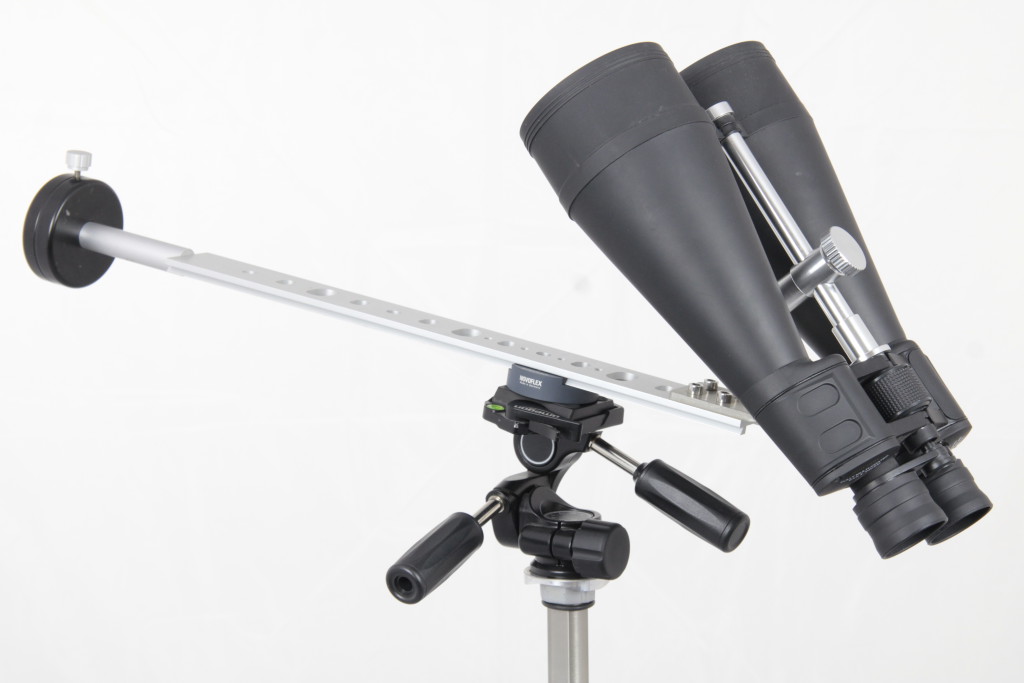The Celestron brand once again has set the standard for hobby astronomers: The new CGX-mount combines the current technical standard with a well thought out product design – and all for an reasonable price.
Some special features of the CGX-mount:
- Toothed belt drive and spring pressure mechanism: The belt drive minimises the gear play when changing the direction of movement (“backlash”). The spring pressure mechanism ensures uniform contact pressure between the worm gear and shaft, reducing friction and optimising the operation of the gear – also evident by the reduced noise level.
- Optical encoders register the position of the mount. The motors can then be stopped before the mechanical slew limit is reached and approach their home position. The mount is able to track objects up to 20° above the meridian.
- Internal wiring: Only the power supply cable and the cable to the hand control box are exposed. However, the sockets for these exposed cables are arranged in such a way that they do not need to move with the mount.
- Large handles: Transport handles ensure easy transport, but all clamping levers are also designed for operation with gloves.
- Compact design: The saddle plate position near the right ascension axis gives the mount very favourable oscillation characteristics. The declination motor serves as a counterweight.
- Latest variant of the Nexstar+ control with internal clock to save the last settings and USB-port for simple software update.
Further information on our CGX product page.
The CGX-mount is available on its own or as a set with the well-established Schmidt-Cassegrain optics from Celestron. You can find all variants under the link CGX-Telescopes.For ambitious astrophotographers we highly recommend the CGX 925 in its Edge HD version. The most reasonably priced and recommended combination of SC-optics and mount for beginners is the CGX 800.
However, due to the dual Vixen/Losmandy saddle plate you can easily combine almost any other optic from other manufacturers with the CGX-mount.

